Description
1. Introduction to Ethology
2. Ethology as a Branch of Biology
3. History of Ethology
4. Scope of Ethology
5. Approaches and Methods in the Study of Behaviour
6. Causation of Behaviour
7. Classification of Behavioural Patterns
8. Innate Behaviour /Instinct / FAP
9. Learned Behaviour
10. Taxis
11. Conditioning
12. Habituation
13. Imprinting
14. Reflexes
15. Conditioned Reflex
16. Neural Basis of Learning
17. Insight Learning (Reasoning)
18. Associative Learning
19. Aggression
20. Territoriality
21. Cognitive Skill
22. Sensory Filtering
23. Responsiveness
24. Sign Stimuli
25. Echolocation
26. Ethogram (Analysis of Behaviour)
27. Memory
28. Animal Psychology
29. Neural Regulation of Behaviour
30. Hormonal Regulation of Behaviour
31. Social Organization in Animals
32. Social Organization in Insects
33. Social Organization in Elephants
34. Social Organization in Macaques
35. Social Organization in Langurs
36. Social Organization in Primates
37. Social Organization in Honeybee
38. Social Organization in Ants
39. Social Organization in Termites
40. Social Organization in Birds
41. Courtship Behaviour
42. Courtship in Hermit Crab
43. Courtship in Cricket
44. Courtship in Scorpion
45. Courtship in Ophiocephalus
46. Courtship in Tilapia
47. Courtship of Three - Spined Stickleback Fish
48. Courtship of Betta Splendens
49. Courtship of Frog
50. Courtship of Peafowl
51. Mating Behaviour in Penguins
52. Parental Care
53. Parental Care in Fishes
54. Parental Care in Amphibia
55. Parental Care in Birds
56. Parental Care in Koel
57. Parental Care in Penguins
58. Parental Care in Sunbird
59. Nests
60. Nesting Behaviour
61. Nesting Behaviour in Wasps
62. Nesting Behaviour in Birds
63. Nesting Behaviour in Bowerbird
64. Nesting Behaviour of Weaver Bird
65. Nesting Behaviour of Tailorbird
66. Migration of Fishes
67. Migration of Turtles
68. Migration of Birds
69. Migration of Penguins
70. Pheromones
71. Role of Pheromones in Drive
72. Role of Pheromones in Alarm Spreading
73. Crypsis
74. Predator Detection
75. Predator Tactics
76. Tool-Use by Animals
77. Orientation
78. Navigation
79. Communication
80. Visual Communication
81. Audio Signal
82. Vocal- Species Specific
83. Evolution of Language in Primates
84. Ecological Concepts of Behaviour
85. Habitat Selection
86. Food Selection
87. Optimal Foraging Theory
88. Antipredator Defences
89. Homing
90. Social Dominance
91. Dispersal
92. Host - Parasite Relations
93. Social Behaviour
94. Aggregation
95. Schooling in Fish
96. Flocking in Birds
97. Herding in Mammals
98. Group Selection
99. Kin Selection
100. Altruism
101. Reciprocal Altruism
102. Altruism and Evolution
103. Reproductive Behaviour
104. Evolution of Sex
105. Reproductive Strategies
106. Mating System
107. Sperm Competition
108. Sexual Role
109. Domestication and Behavioural Changes
110. Mimicry
111. Colouration
112. Biological Clock
113. Motivational Behaviour
114. Hunger Drive
115. Thirst Drive
116. Models of Motivation
Index


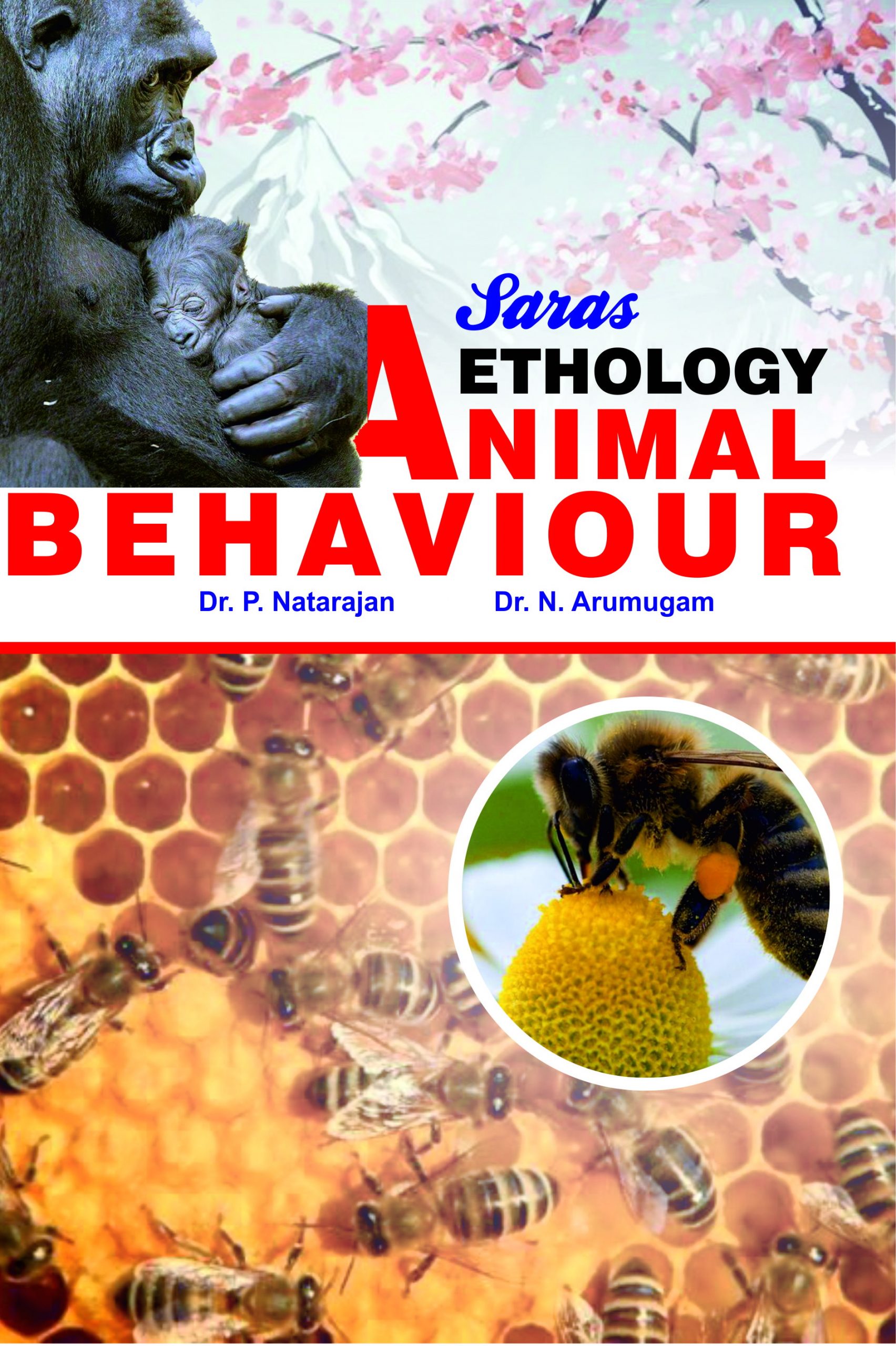
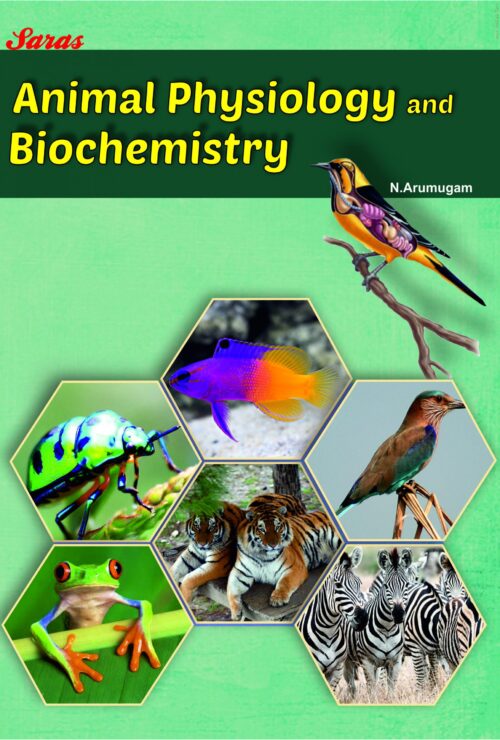
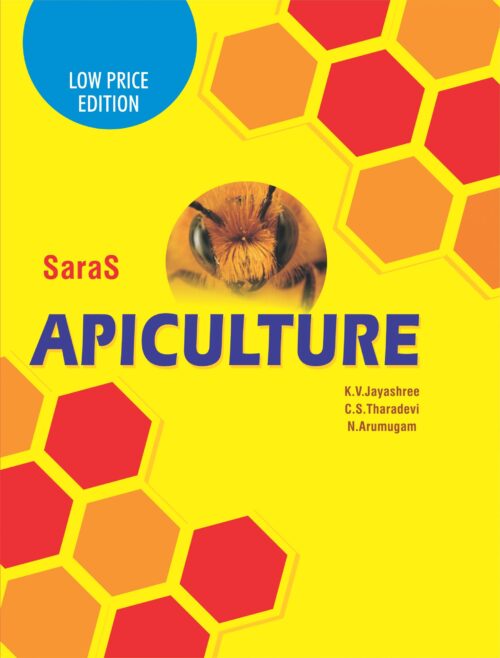
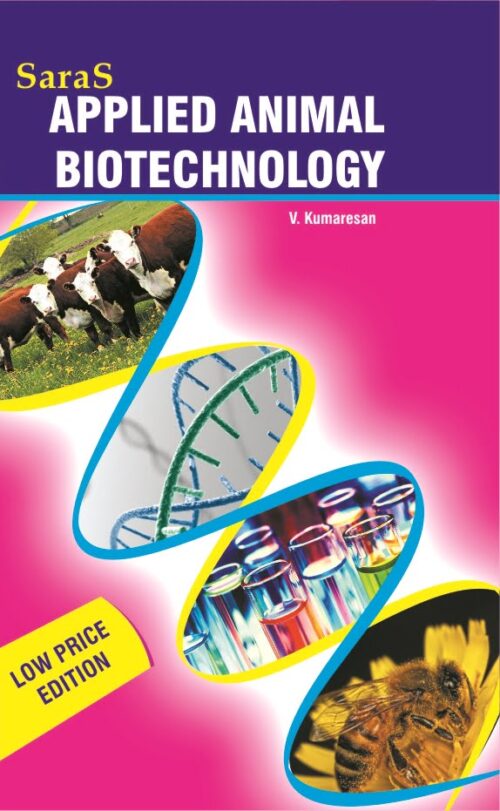
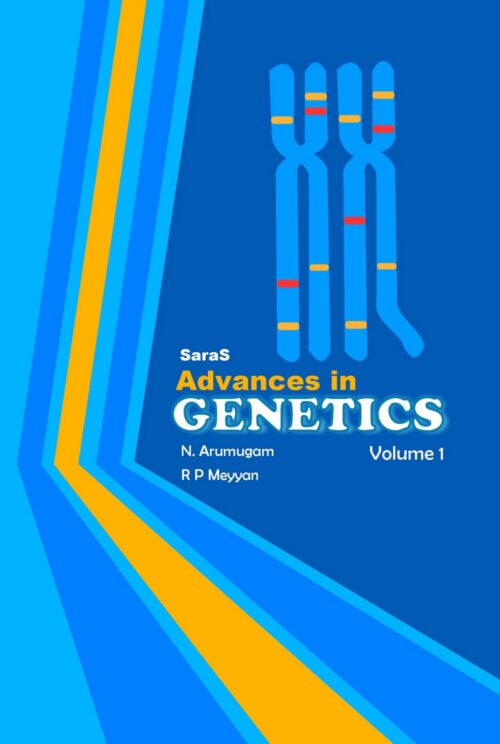
Reviews
There are no reviews yet.